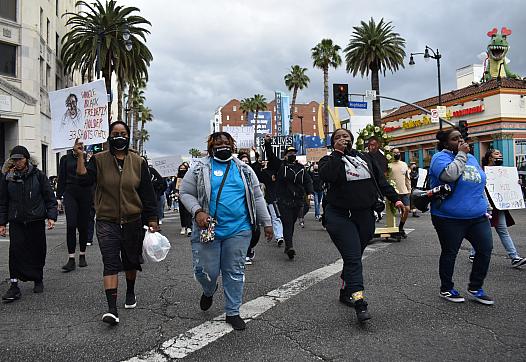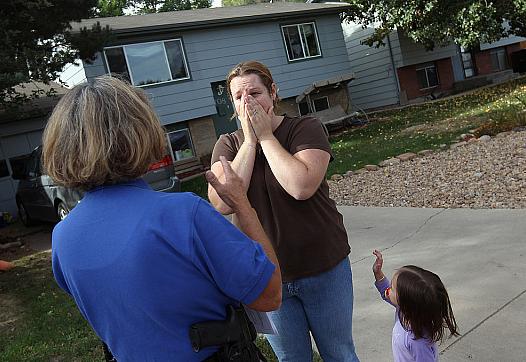
The Center’s engaged journalism initiative, launched in 2012, has built skills and provided support and grants for hundreds of reporters around the nation, from the smallest local newsrooms to the largest legacy outlets. Our approach is built on the idea that communities should be at the center of reporting, and that doing so can empower people who are directly impacted by the health and equity issues at hand.
Our engaged journalism program helps journalists report for and with communities in unique and transformative ways — from setting up texting tip lines, to hosting town halls that bring together state legislators and community members, to canvassing entire neighborhoods to share crucial resources. We work with journalists to listen and learn from communities, and to ensure that reporting gets back into the hands of communities and policymakers and that it is shaped in fundamental ways by their perspectives. Participation in the program is open to reporters accepted into one of our Fellowships or Impact Funds.
The center’s early embrace and commitment to community engagement has helped fellows produce stories that shift narratives and drive impact for communities that need it most. We’ve also heard from Fellows that this approach has dramatically shifted how they approach their own reporting more broadly.
We work with journalists to listen and learn from communities, and to ensure their reporting gets back into the hands of communities and policymakers.









